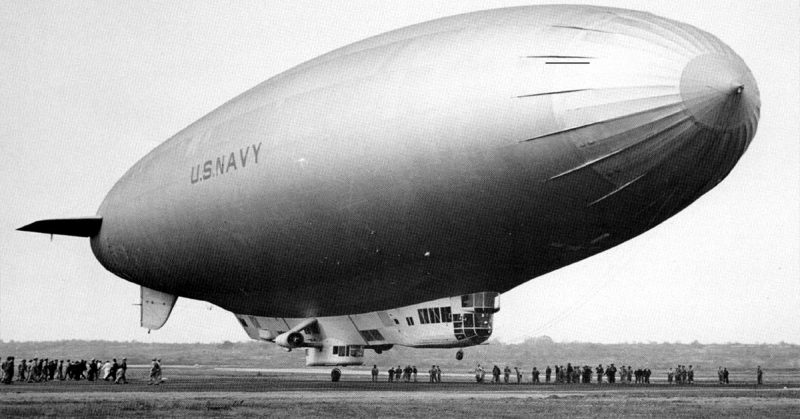To date, many people who took part in hostilities are on the missing in action list. They can be lost in the annals of history.
However, some disappearances continue to be of interest to this day. They have become a topic for discussion and disagreement.
The disappearance of two crew members from an American blimp which occurred in 1942 in front of hundreds of people still has no explanation.
There are suggestions that the Japanese captured Ensign Charles Adams and Lieutenant Ernest Cody. However, many of the facts don’t support this theory.
Airships capable of hovering in place and lowering devices for surveillance were used during wartime to combat enemy submarines. Moffett Field, the largest lighter-than-air base in California, had an airfield on Treasure Island in San Francisco Bay.
From there, blimps rose up to patrol the coast and search for Japanese submarines. One of these blimps was an L-8 which was part of the Airship Patrol Squadron 32.
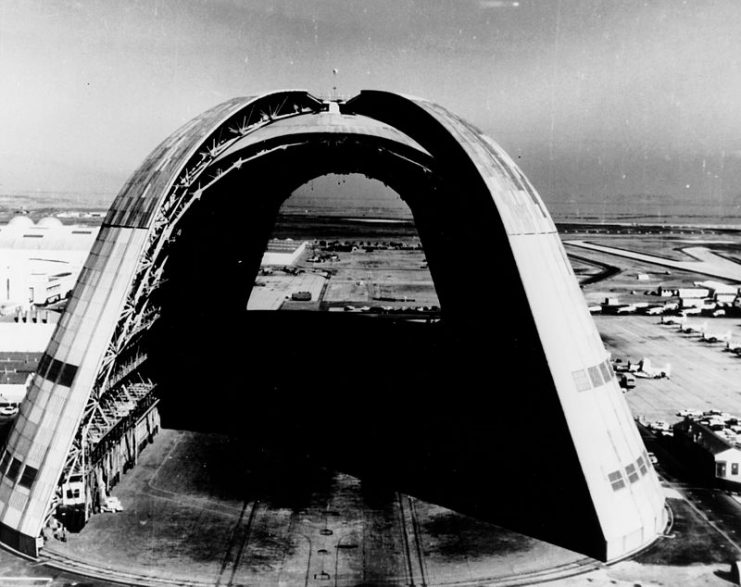
Built in 1941 and commissioned on March 5, 1942, the airship had in its arsenal a .30-caliber machine gun, 300 rounds of ammunition, and two 325-pound Mark 17 depth bombs mounted on an external rack.
On August 16, 1942, the L-8 crew was tasked with making a raid along the coast of California then returning to base.
The first pilot was Lieutenant Ernest Cody, the second pilot Ensign Charles Adams. Wet fog settled on the soft surface of the blimp and significantly weighed it down. Due to this overloading, the mechanic was forced to stay on the ground. The blimp’s crew size was reduced to just two people.
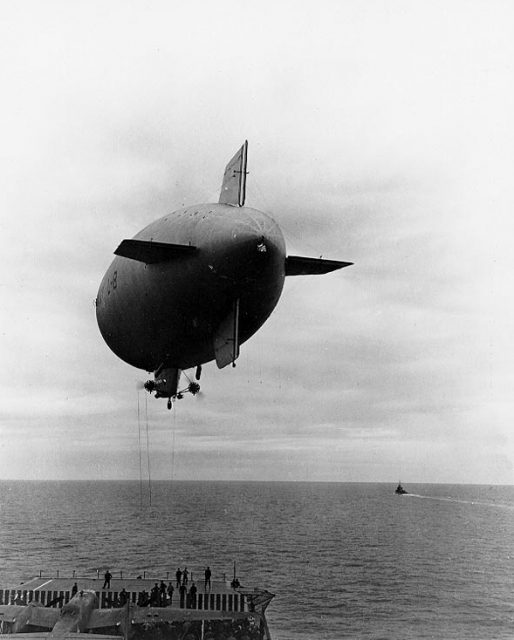
The airship took off at 6:03 am. At 7:44 am, Cody reported that a suspicious stain was found on the water near the Farallon Islands. He said, “Am investigating suspicious oil slick—stand by.”
The oil spill could indicate an enemy submarine. For this reason, the L-8 dropped two Mark IV float-lights and began to explore the area.
L-8 circled the area for an hour. Sailors from the fishing trawler Daisy Gray and the ship Albert Gallatin witnessed the fact that the pilots dropped smoke flares. After that, the crew of the Albert Gallatin sounded the alarm and prepared weapons.
Trying to see something in the water, the blimp circled at an altitude of 200-300 feet (61-91 meters). The first mate of the trawler saw two men in a gondola, one of whom had dark hair. Then at 9:00 am, L-8 threw off the ballast, rose, and headed back toward San Francisco.
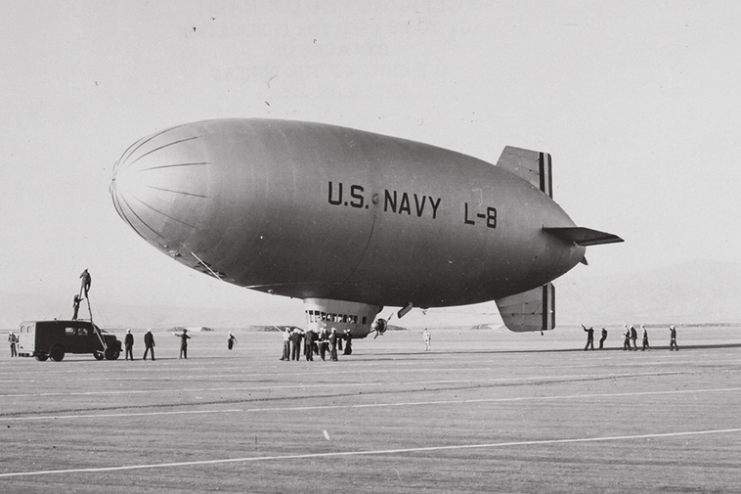
This was the last time Adams or Cody was seen or heard from. The L-8’s movements did not arouse suspicion, particularly because the coast of California was constantly patrolled by blimps.
Meanwhile, the air traffic controllers at Moffett Field were concerned by the radio silence of the blimp crew. When the L-8 was still silent at 8:50 am, two Vought OS2U Kingfisher float planes were sent to find it. In addition, other aircraft in the area received warnings to report on a Navy blimp.
At 10:49 am, it was reported that the pilot of a Pan American Clipper airplane, during the approach to San Francisco, had noticed the blimp over the Golden Gate Bridge. Soon, two more aircraft confirmed that they had seen the airship and everything seemed to be in order.
At 11:00 am, the L-8 soared up at a sharp angle and disappeared into the clouds at an altitude of about 2,000 feet (609 meters).
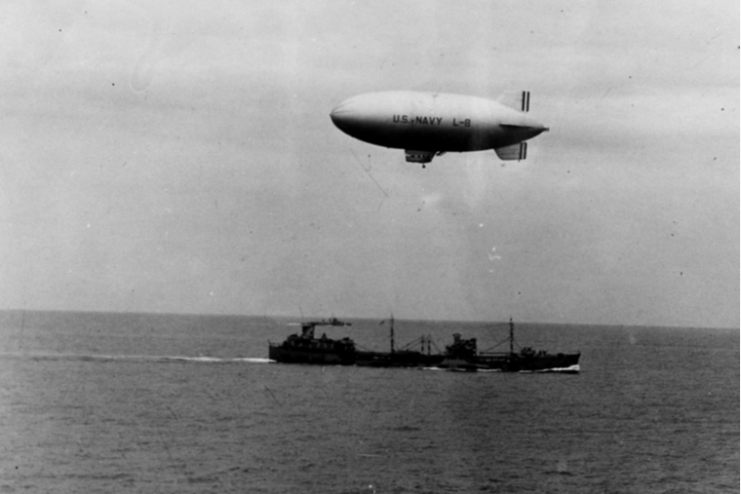
Two-thousand feet is close to the height at which a blimp’s valves open and release helium in order to prevent an explosion. Crewmembers often avoided exceeding such a height. But this time, for some unknown reason, the crew ignored the restriction and possible consequences.
Twenty minutes later, the airship was spotted over the coastal highway. Richard Quam, a seaman on duty, took a photo that went around all the newspapers. No one was observed in the gondola, the engines did not work, the shell filled with helium was partially blown off, and the L-8 itself quickly declined, losing gas.
https://youtu.be/ROEON_LWebA
Two swimmers grabbed the hanging ropes and tried to stop the blimp, but it was too heavy. L-8 hit the ground on a golf course and, as a result, one of the depth charges was lost. Luckily, there was no explosion because a depth bomb explodes only under the pressure of water.
Freed from this cargo, the blimp took off again and soon collapsed on Daly City (a suburb of San Francisco), damaging houses and a car.
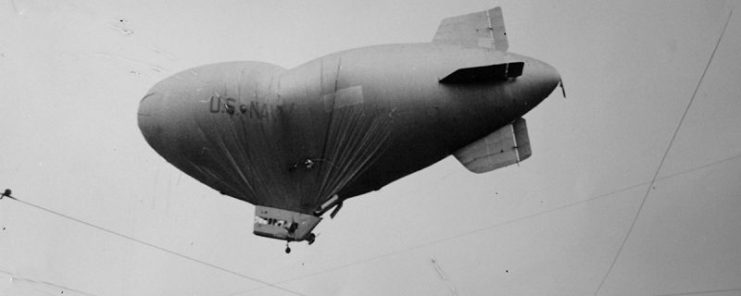
The outer envelope was tangled in the wires, and the gondola was almost upright. The locals and the police, without waiting for the military, opened the door of the gondola but did not find anyone there.
Firemen slashed the envelope with axes, thinking they might save the crew who was trapped inside, but nobody was there either.
Arriving at the scene, the military discovered that there was a lot of fuel left in the tanks. Three parachutes, a single life raft, a machine gun, the pilots’ personal weapons, a loudspeaker, a walkie-talkie and everything else seemed to be in place. One door of the gondola was locked, and the second was simply closed.
The commission of inquiry was headed by Commander Francis Connell. The motors were fine, except for where they’d struck the ground. The control buttons were in the “on” position, although the motors did not work during the drift above the ground.
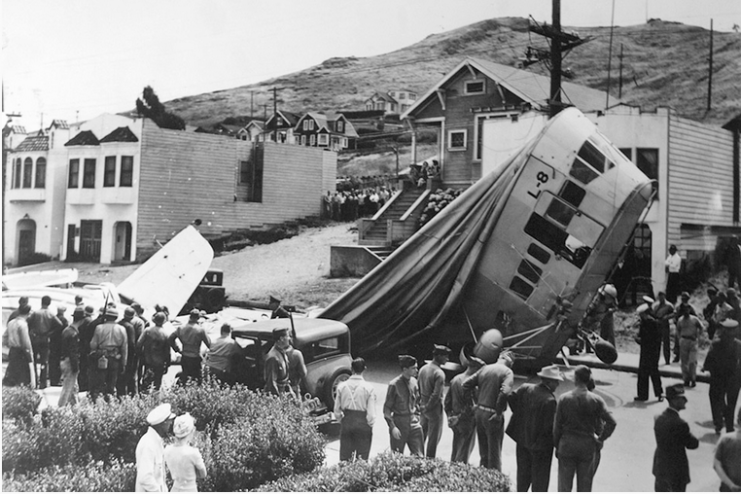
The radio was in good condition. Even if it hadn’t been, the crew could have requested assistance from any vessel using a powerful loudspeaker.
The pilots could have used parachutes, but these remained intact in the gondola. Only a couple of smoke bombs and life jackets were missing, but military pilots wore such things on themselves.
Members of the commission put forward the suggestion that the crew had accidentally fallen out of the open door. But it seemed obvious that if they had fallen, they would hardly have been able to close the door behind them.
In addition, the military unsuccessfully searched the strip of land and the area of the bay over which the airship had drifted. Any bodies should have remained afloat since the vests the pilots wore inflated automatically upon contact with water.
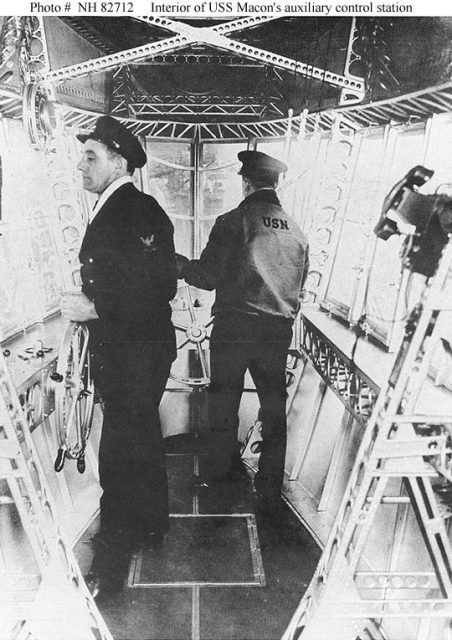
Maybe the pilots had a falling out, and one of them killed the other before throwing the corpse out of the cab and fleeing. Maybe a sniper from a Japanese submarine shot them. These and other versions have been put forward and rejected.
Both pilots were professionals, had extensive flight experience, and were on good personal terms.
The 38-year-old Ensign Adams served on the USS Akron (ZRS-4), the USS Macon and the Los Angeles (ZR-3) the Navy’s giant rigid airships. Lt. Ernest Cody was a graduate of the Academy of the Navy. Cody’s mother-in-law stated that her son-in-law was a calm and balanced man.
A telephone operator named Ida Ruby, while on the beach, witnessed a blimp drifting from the ocean. She assured the military that she had seen three people on board. Another eyewitness, seventeen-year-old Edward Taylor, also claimed that while watching the dirigible fall through binoculars, he saw three people moving in the cabin.
Could this be the third man who killed two pilots and threw their bodies overboard? Experts consider this impossible since there was no place in the gondola where a person could hide. In the pictures taken during the drift of the airship, the cabin looks empty.
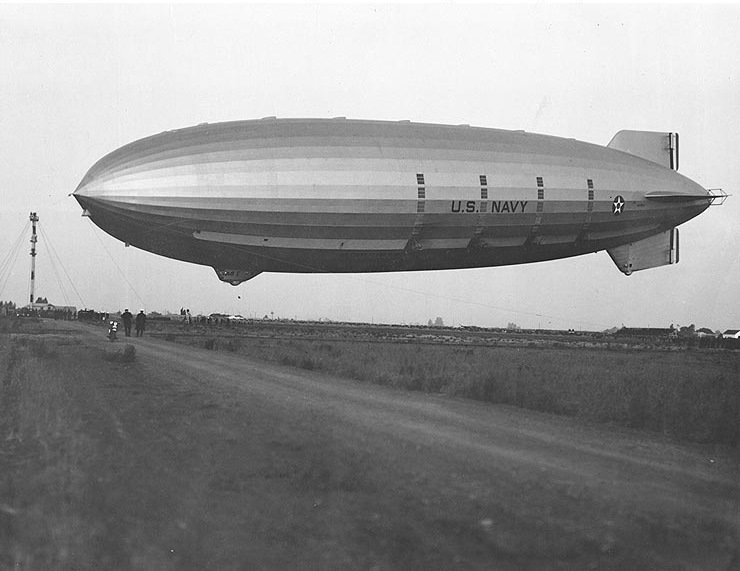
Thousands of people watched the decline of the L-8, including the police. They all claimed that the cabin was empty. Furthermore, they would have seen any of the pilots (who wore bright life jackets) falling from the gondola, if they had done so.
Commander Francis Connell concluded that Taylor and Ruby were wrong.
Investigators concluded that the sudden rise of the airship at 11:00 am could only be caused by weight loss, which was not compensated for by releasing excess helium from the envelope.
What made the pilots stop broadcasting if their radio worked? Why were the motors dead, even though the buttons were turned on? Who could pick up two men from the gondola without opening the doors? The commission of inquiry could not provide answers to these and many other questions.
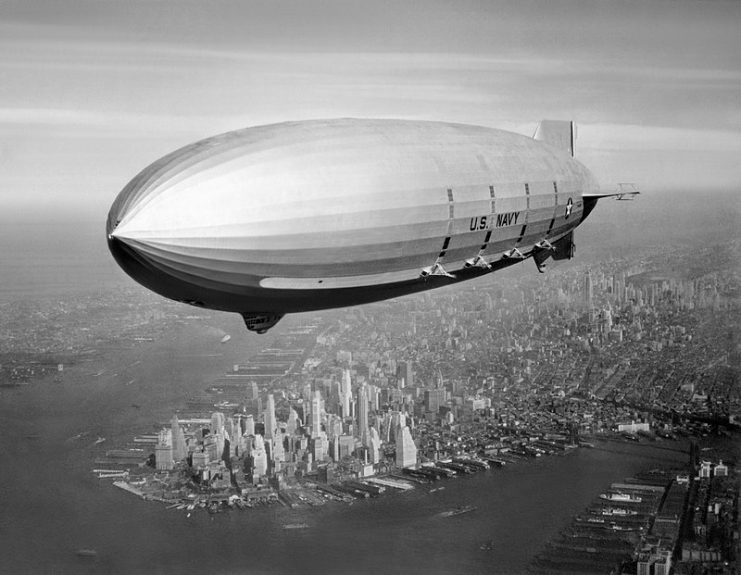
There are many theories about the disappearance of Cody and Adams. Perhaps they were captured by a Japanese submarine. Or they were mixed up in espionage in favor of Japan and fled. Maybe a third person got on board, killed them and fled.
It has been theorized that one pilot killed the other because of a woman, and while disposing of the body over the side, he accidentally fell himself. The most implausible version of events is that Adams and Cody were abducted by aliens.
Read another story from us: Creepy stories from WWII, Normandy Ghosts, Disappearing Aircraft
A year after what happened, Charles Ellis Adams and Ernest Dewitt Cody were officially declared dead. The truth is that it’s unlikely their bodies will be found, and we probably will never discover the truth of what happened.
L-8, which did not sustain serious damage, returned to service as a training blimp. After the war, it was returned to the company that built it.
